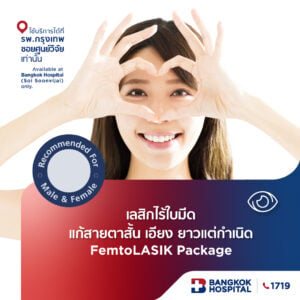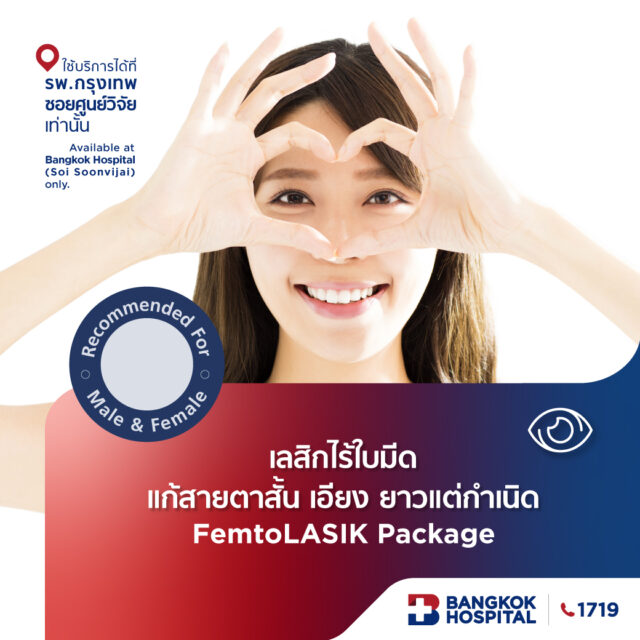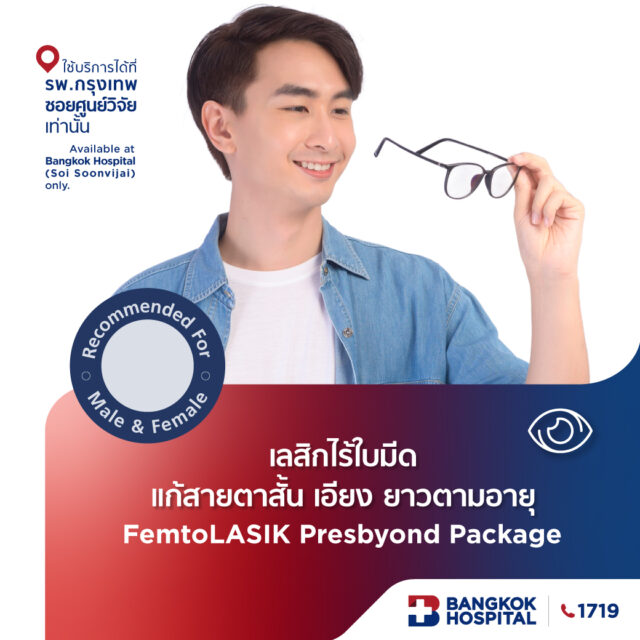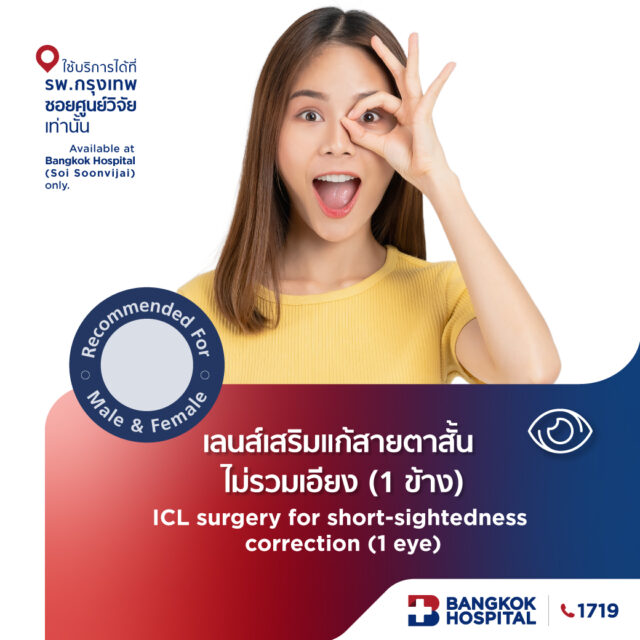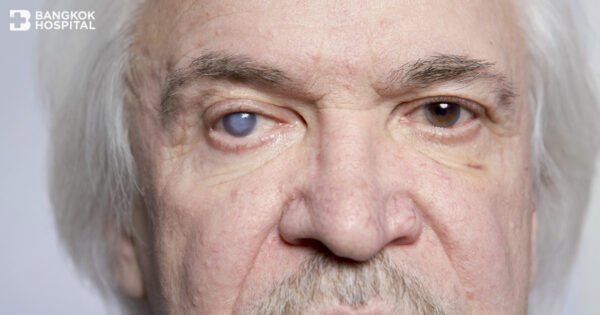Nasolacrimal duct obstruction is a condition where the tear duct and the passageway at the lower eyelid are blocked. It is more commonly found in women between 50 to 70 years old than in men. However, it can also occur at a much younger age.
Nasolacrimal Duct Obstruction Symptoms
Symptoms of nasolacrimal duct obstruction can vary, from watery eyes to extreme tearing as if crying persistently. Sufferers may have had a history of eye infection, or chronic conjunctivitis, or excessive drainage such as mucus or pus around the eyes, which require them to carry a handkerchief or tissue paper to wipe off the tears.
Nasolacrimal Duct Obstruction Causes
Generally, causes for nasolacrimal duct obstruction are not clear, as it can also occur by itself. However, in some patients there are some possible correlations with these conditions:
- Chronic sinusitis with a history of nasal or sinus surgery, tumor in the nasal passageway or sinus.
- Accident victims who required surgery around the eye and the bridge of the nose, which may have put pressure on the tear duct.
Nasolacrimal Duct Obstruction Diagnosis
The easiest method you can perform by yourself is to press the corner of each eye near the bridge of the nose – similarly to treating blocked tears duct in children. If the duct is blocked, tear will gush out through the now opened passageway. This may be in the form of mucus or puss.
However, a more methodical procedure that an eye doctor will perform is to insert a small instrument through the corner of each eye – on both upper and lower eyelids – and squeeze a prepared solution into it. Normally, you should taste the salty solution down your throat. However, if the passageway is blocked, the solution will overflow the tear duct and run down your cheek instead. It might flush out some discharge from the eye also.
Before the procedure, the doctor will apply anesthetic drops to numb the eye. You will experience some irritation with the first drop, but this will diminish with the subsequent drops and the eye may feel droopy for about an hour. It is important not to rub the eye after the drops have been applied, because vigorous rubbing an eye that has been completely numbed can cause damage to the cornea.
During the procedure, you must keep the eye open. Do not squeeze the eyelids. Most patient feel nervous and squint reflectively which can cause discomfort as the doctor tries to examine the nasolacrimal duct. So, the wider you can keep the eye open during the procedure, the easier the doctor can check the tear duct and you will not feel any pain.
Nasolacrimal Duct Obstruction Treatment
- The necessary treatment for nasolacrimal duct obstruction is mainly through corrective surgery. Eye drops and medication cannot treat or cure the blocked tear duct in adults, nor can the eye massage technique as in the case for children who suffer from this condition since birth.
- Before the surgery, there is a temporary treatment that can help the patient. That is the use of disinfectant eyedrops which will reduce eye discharges and prevent infection that can lead to some pus near the corner of the eye.
- However, if the infection has already taken hold, it will be necessary for the patient to use both eyedrops and additional medication. It may also require draining the pus to reduce discomfort. Moreover, if the inflammation is so severe that the eyelids are all swollen, antibiotic injection may be prescribed; as the infection could spread into the eye socket.
Nasolacrimal Duct Obstruction Surgery
There are 2 types of procedure to cure nasolacrimal duct obstruction. These are:
- Tradition method: This requires an incision to the side of the nose bridge which will result in some scarring on the patient’s face. In addition, if there is already some infection and swelling, it will not be possible to perform the surgery immediately because the skin near the tear duct has already been inflamed, weakening its ability to heal which may cause the wound to split after stitches are removed. This will delay the surgery.
- Endoscopic surgery: This method utilizes an endoscope and does not leave any scar. The location for incision is clearer to identify, raising the efficiency of the surgery, thus leads to quick recovery and without any scar. This method can be performed even with the inflammation and swelling, but the patient has to be examined by a specialist beforehand. However, for patients who previously had trauma to the face which might have caused the facial bone to be misshaped, it may be necessary to undergo the traditional surgery instead. Similarly, if the patient is suffering from a nasal tumor, it is imperative that the tumor is removed first.
In a case where the patient with nasolacrimal duct obstruction is also suffering from another condition that requires eye surgery – for example, cataract removal or cornea repair – if the tear duct obstruction is not treated first, there is a higher risk of eye infection.


